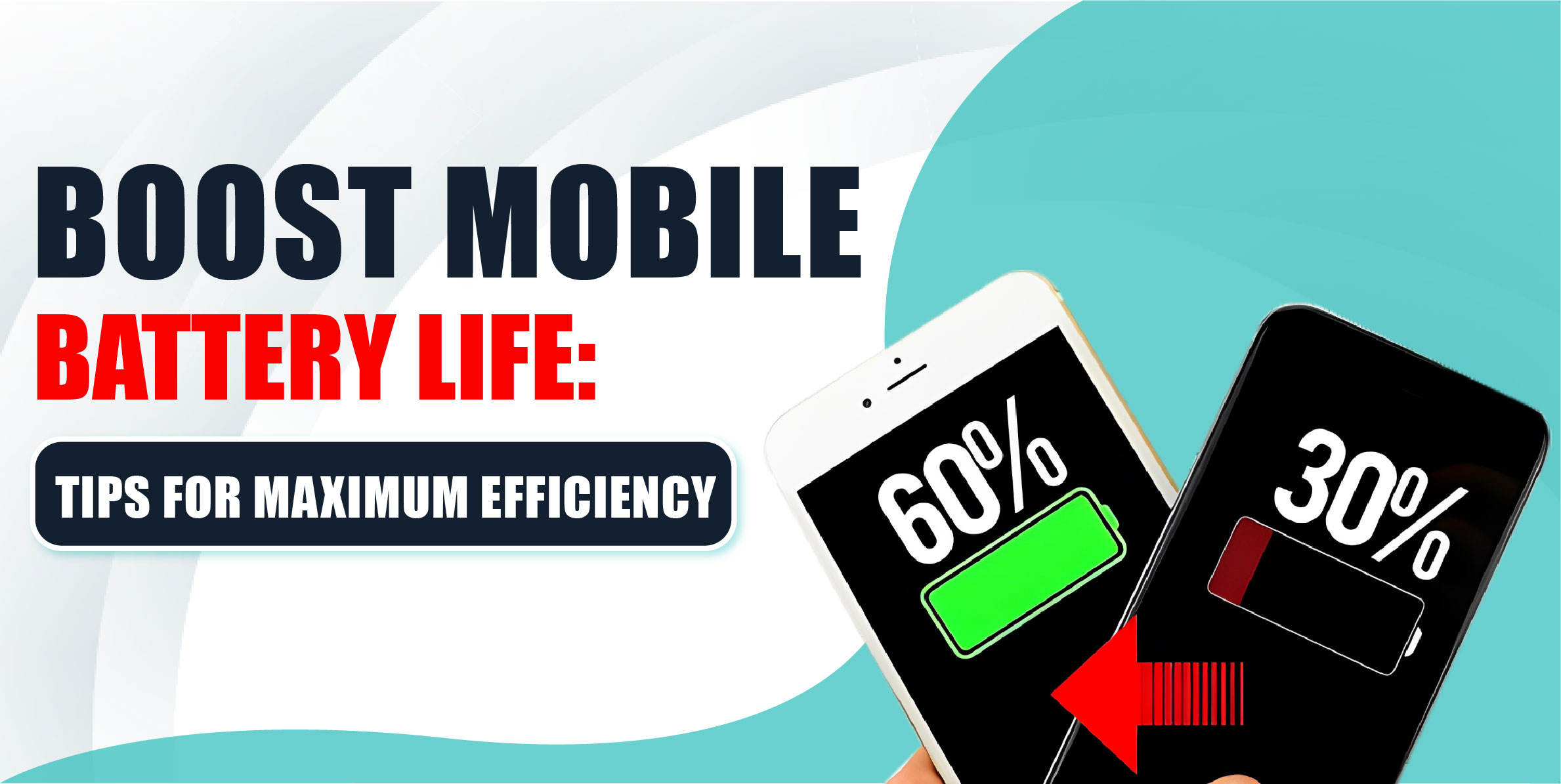
In today’s fast-paced world, our smartphones have become indispensable. From social media and work emails to navigating our daily lives, we rely on our mobile devices for almost everything. However, all this heavy usage comes with a major downside—battery drain.
If you find yourself constantly charging your phone, you’re not alone. The good news is that there are practical steps you can take to extend your mobile battery life, ensuring maximum efficiency throughout the day. Here’s how you can do it.
One of the biggest power drains on your smartphone is the display. The brighter your screen, the more battery it uses. By simply lowering your screen brightness or enabling adaptive brightness, you can save a significant amount of power. Most smartphones have an auto-brightness feature that adjusts the screen brightness based on ambient lighting. Utilizing this can strike a balance between visibility and battery conservation.
Additionally, shortening your screen timeout—the time your phone remains active when not in use—can further reduce battery consumption. Consider setting the timeout to 30 seconds or less to save energy whenever your phone is idle.
Many apps run in the background, even when you're not actively using them, consuming both data and battery. Background app activity can include refreshing content, sending notifications, or performing updates. While some of this activity is necessary, you can reduce the battery impact by limiting the apps that run in the background.
On both iOS and Android devices, you can check which apps are using the most battery power and restrict background processes for non-essential apps. On Android, navigate to Settings > Battery > Battery Usage. On iPhones, go to Settings > Battery, where you’ll see a detailed report of which apps consume the most energy.
Most smartphones now come with a built-in battery saver or power-saving mode that helps extend battery life by limiting certain features. When enabled, this mode automatically reduces screen brightness, limits background app activity, and disables some visual effects. On iPhones, this is called "Low Power Mode," and on Android, it's usually referred to as "Battery Saver."
It's a good idea to enable this feature when your battery drops below 20%, or when you know you’ll need to conserve power throughout the day. Some phones even allow you to set Battery Saver Mode to activate automatically at a certain battery percentage.
Modern smartphones come with a plethora of connectivity features, such as Wi-Fi, Bluetooth, GPS, and mobile data. While these features are essential at times, they can consume a lot of power when left on unnecessarily.
If you're not using Wi-Fi or Bluetooth, turn them off. Similarly, disable GPS tracking when you don't need location services. Some apps, like maps or ride-hailing services, require GPS, but you can save battery by only enabling location services when actively using those apps.
Airplane mode is another great option for conserving battery life when you're in an area with poor signal. When your phone constantly searches for a better signal, it drains your battery faster. In such cases, switching to Airplane mode can significantly reduce power consumption.
Push notifications from apps like social media, email, and messaging services can keep you updated, but they also wake your phone repeatedly, consuming battery in the process. Reducing the number of push notifications can help extend battery life.
Go into your phone’s settings and customize which apps can send notifications. Keep essential notifications, like messaging apps, and turn off notifications for less important apps.
Software updates aren't just about new features—they often include bug fixes and improvements to battery performance. Whether you’re using Android or iOS, keeping your device’s operating system up to date is important for ensuring optimal battery life.
Many manufacturers optimize battery usage with every new update, so it's worth installing them when available. Check for updates regularly by going to your phone’s Settings menu.
How you charge your phone can have a big impact on your battery’s lifespan. Instead of waiting for your phone’s battery to reach 0% before charging, try to keep it between 20% and 80%. Allowing your battery to drain completely or charging it to 100% too often can decrease its overall lifespan.
Avoid overnight charging, as it can lead to overcharging, which may degrade the battery over time. If possible, unplug your phone once it reaches around 80%, which is a safe zone for maintaining long-term battery health.
While vibrations and haptic feedback can enhance the user experience, they also use up more battery than you might think. Turning off vibrations for calls and messages, as well as disabling haptic feedback for typing, can help you conserve more power. You can find these options in your phone’s sound and notifications settings.
Maximizing your mobile battery life doesn’t have to be difficult. By adjusting a few settings and adopting better usage habits, you can make your battery last longer throughout the day. Whether it’s reducing screen brightness, limiting background activity, or charging smartly, these simple steps can help you get the most out of your device’s battery. Implementing these tips will ensure that you can rely on your phone when you need it most, without constantly searching for a charger.